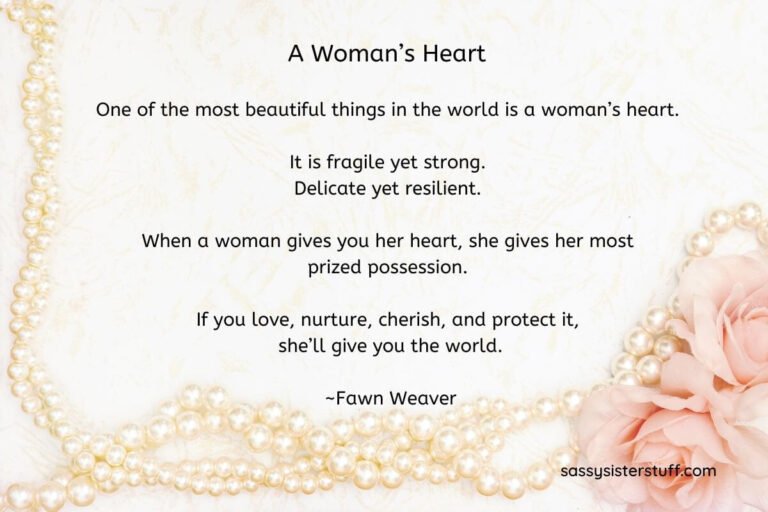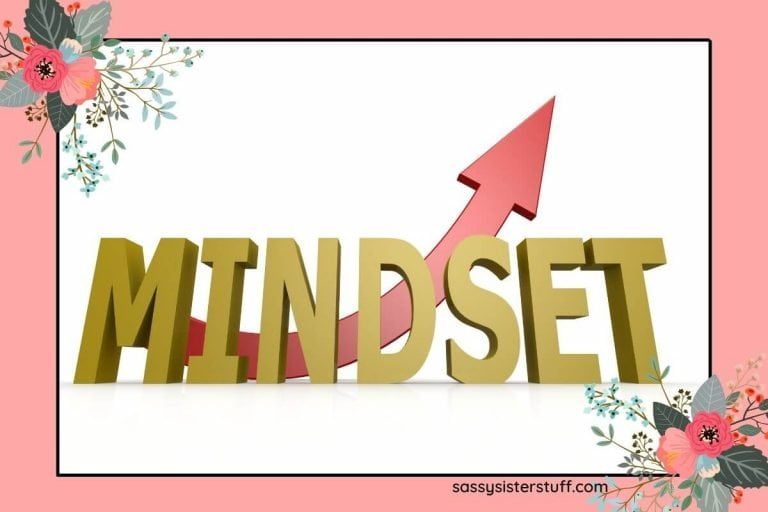10 Ways to Set Boundaries and Protect Your Energy After 40
As you reach 40 and beyond, you may notice your energy feels different than before. This stage in life often brings new responsibilities and relationships that require careful management to keep your well-being intact. Learning to set boundaries becomes a helpful way to protect your time, focus, and emotional health.
Setting healthy boundaries allows you to safeguard your energy and maintain balance in your life. By understanding how to communicate your needs clearly and respectfully, you can create space for what truly matters to you. This article will guide you through practical ways to establish those boundaries with confidence.
Say ‘No’ firmly and without guilt

You have the right to say no to protect your time and energy. Saying no is not rude or selfish—it’s a necessary skill to maintain your well-being.
Practice being clear and direct when you decline requests. You don’t need to over-explain or apologize for prioritizing yourself.
Remember, saying no can feel uncomfortable at first, but it becomes easier with time. Giving yourself permission to say no without guilt helps you set healthy boundaries and respect your needs more fully.
Learning to say no firmly helps you reclaim your autonomy and avoid burnout. For tips on how to do this kindly yet assertively, see this guide on how to say no.
Identify and limit time with energy-draining people

You need to protect your energy by being aware of who leaves you feeling drained. These people often take more than they give, leaving you tired or stressed.
Set clear limits on how much time you spend with them. It’s okay to say no or shorten interactions.
You can even put time boundaries in place, like meeting for only a set amount of time. This helps you stay balanced without cutting them out completely.
If talking directly feels difficult, try to compartmentalize your energy around them. This way, you can help without feeling emotionally emptied. For more ideas on this, see how to deal with energy vampires.
Schedule regular buffer time between commitments

You need time to reset between activities. Scheduling buffer time helps prevent overwhelm and keeps your energy steady throughout the day.
Even short breaks, like 10-15 minutes, allow you to stretch, breathe, or simply pause. These moments help you transition smoothly from one task to the next.
By protecting this space, you avoid back-to-back stress and stay more focused. Blocking out buffer time is a practical way to respect your limits and maintain balance in your schedule.
Learn more about managing your time effectively with time blocking.
Use mindful breathing before stressful interactions

Before a challenging conversation, take a moment to focus on your breath. Breathe slowly and deeply, using your diaphragm rather than shallow chest breaths. This helps calm your nervous system and brings your mind into the present.
Placing one hand on your chest and the other on your abdomen can help you notice your breathing pattern. This simple step encourages relaxation and steadies your emotions, making it easier to set clear boundaries.
Practicing mindful breathing regularly trains you to stay grounded in stressful situations. It supports better emotional control and helps protect your energy when you need it most. For more tips on mindful breathing, see this guide on managing stress with mindful breathing exercises.
Keep a list of activities that recharge you

You can start by noticing which activities leave you feeling energized and which drain you. Writing these down helps you become more aware of how you spend your time.
Keep a simple list of things that make you feel good, whether it’s a walk outside, reading a book, or chatting with friends. Having this list ready makes it easier to choose what to do when you need a boost.
Review your list regularly. This practice supports protecting your energy and setting boundaries by prioritizing what truly recharges you. For more tips on this, see ways to protect your energy and enforce healthy boundaries.
Set clear expectations in conversations

When you talk with others, be upfront about what you need and expect. Clear communication helps avoid misunderstandings and keeps your energy protected.
Use simple, direct language to express your limits. For example, you can say what you’re willing to take on and what you aren’t.
Acknowledging what you hear from others shows respect and keeps the conversation balanced. This approach builds better connections and helps maintain your boundaries over time. For more tips on clear communication, see how to set boundaries politely.
Walk away from toxic or unproductive arguments

When you notice a conversation turning toxic or unproductive, give yourself permission to step away. You don’t have to engage in every disagreement, especially if it drains your energy or affects your peace.
Trust your instincts. If the argument isn’t leading anywhere positive, leaving can protect your emotional wellbeing.
Walking away isn’t about giving up; it’s about choosing your mental health. Setting this boundary helps you avoid unnecessary stress and keeps your energy focused on what truly matters.
Remember, recognizing when to walk away is a powerful way to maintain control and respect for yourself. For more insights on blocking toxic energy, see this guide on how to use boundaries effectively.
Practice saying no to small requests first

Starting with small requests makes saying no feel less daunting. You build confidence by gently refusing minor favors or invitations.
This practice helps you recognize your limits and protects your time and energy. It also reduces the guilt that can come with saying no.
Remember, saying no doesn’t have to be harsh. You can be kind and clear, which helps others understand your boundaries better.
Over time, this skill makes it easier to say no to bigger demands without feeling overwhelmed. For tips on setting boundaries kindly and assertively, see this guide on how to set boundaries.
Create physical or mental ‘do not disturb’ zones

You can protect your energy by setting clear physical spaces where interruptions aren’t allowed. This might mean designating a quiet corner in your home or office where you focus or recharge without distractions.
Mentally, you can create “do not disturb” zones by practicing mindfulness or visualization to block out overwhelming thoughts or external noise. This helps you center yourself and maintain calm.
Giving yourself permission to say no and respect these zones ensures others understand your need for space. Setting these boundaries supports your well-being and helps keep your energy balanced. For more on protecting your energy, see how to set personal boundaries effectively.
Reflect daily on what you’re willing to tolerate

Take a moment each day to think about what feels okay and what doesn’t in your interactions. This reflection helps you recognize when your energy is being drained.
You might notice patterns where you often say yes but feel overwhelmed afterward. Recognizing these moments lets you decide what you can handle and what you need to step back from.
By regularly checking in with yourself, you build clearer boundaries over time. This daily habit keeps your energy balanced and protects your well-being. For guidance on this, see how to set boundaries through effective communication techniques.
Related: 15 Clever Hacks To Reduce That Never-Ending Grocery Bill

Managing grocery expenses can be challenging for many households, especially with rising food costs and fluctuating budgets.
However, with some creativity and resourcefulness, you can implement numerous clever hacks to reduce your never-ending grocery bill without sacrificing the quality or variety of your meals.







